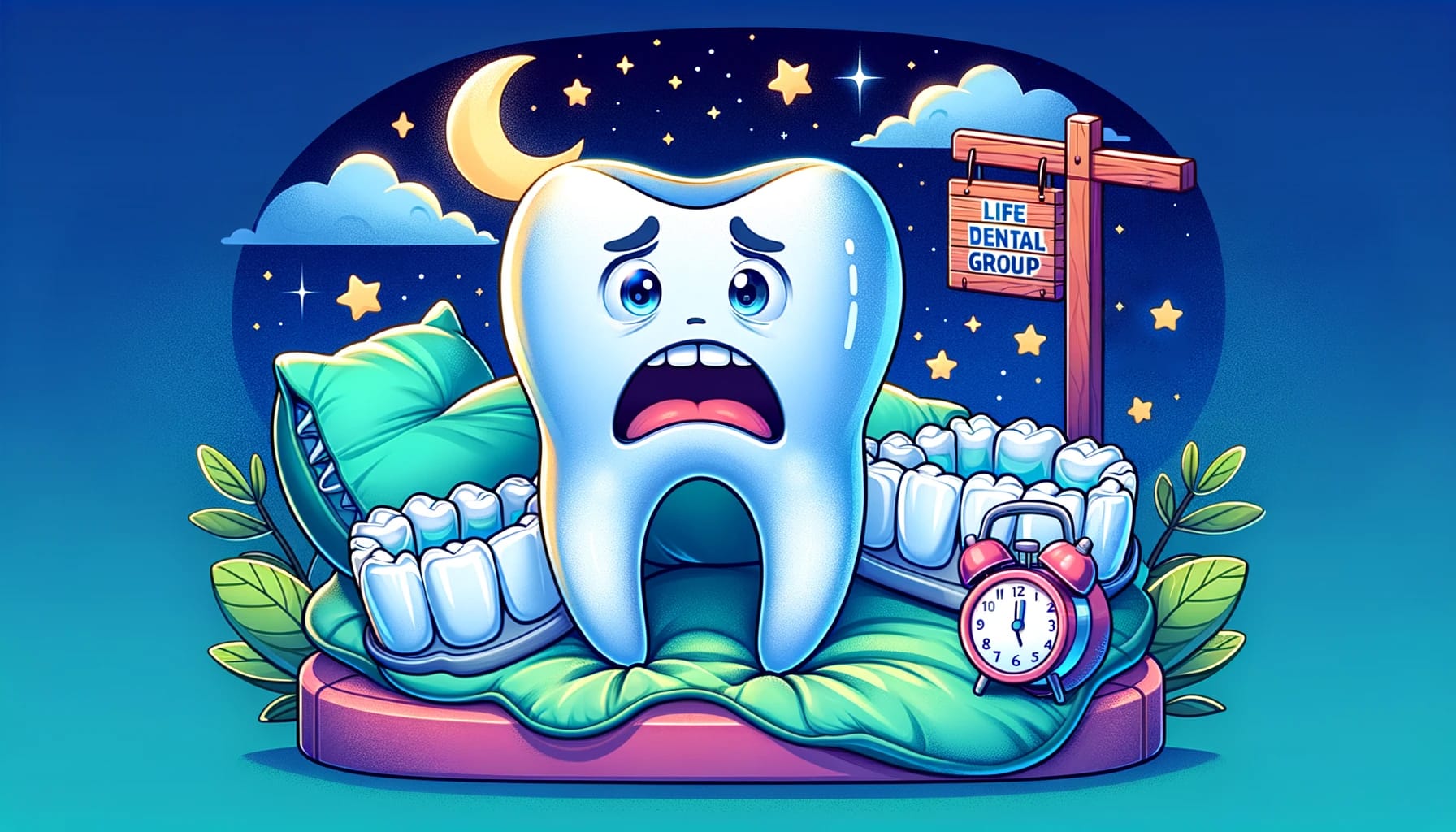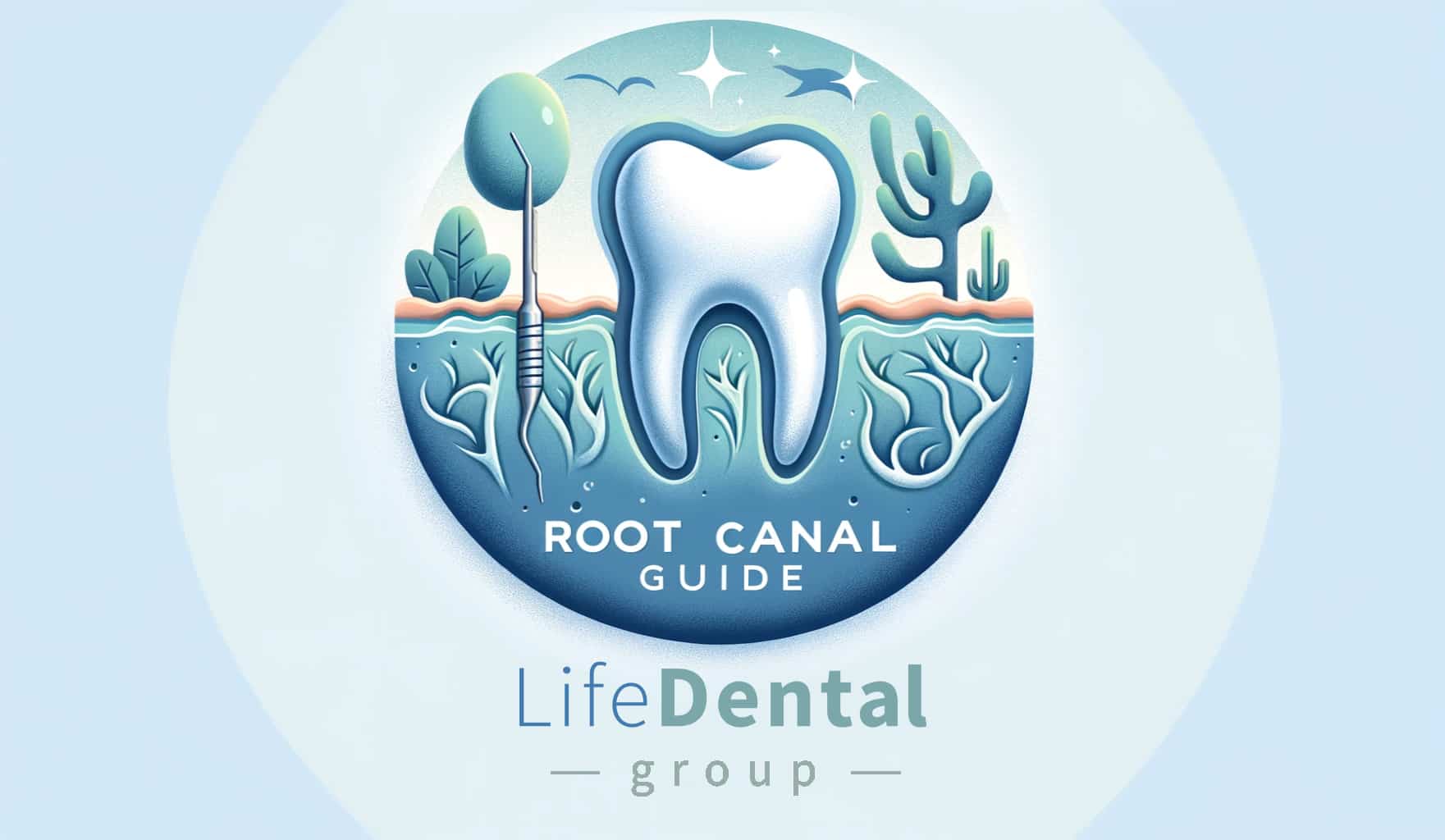A Guide to Root Canals: Understanding the Procedure, Benefits, and Aftercare
Root canal therapy, often simply referred to as a “root canal,” is a dental procedure that many people may find themselves needing, yet it’s often misunderstood. This guide aims to demystify the root canal process, explain its benefits, and provide you with essential aftercare tips.
What is a Root Canal?
A root canal is a treatment used to repair and save a tooth that is badly decayed or infected. The procedure involves removing the damaged area of the tooth (the pulp), cleaning and disinfecting it, and then filling and sealing it. The common causes affecting the pulp are a cracked tooth, a deep cavity, repeated dental treatment to the tooth, or trauma.
Signs You Might Need a Root Canal
Symptoms that may indicate the need for a root canal include:
- Severe toothache pain upon chewing or application of pressure
- Prolonged sensitivity/pain to heat or cold temperatures
- Discoloration (darkening) of the tooth
- Swelling and tenderness in the nearby gums
- A persistent or recurring pimple on the gums
The Root Canal Procedure
1. Diagnosis and X-ray: Your dentist will first take an X-ray to see the shape of the root canals and determine if there are any signs of infection in the surrounding bone.
2. Anesthesia: The area around the affected tooth is numbed with local anesthesia to ensure comfort during the procedure.
3. Pulpectomy: An opening is made and the diseased tooth pulp is removed.
4. Cleaning and Sealing: The inner chamber of the tooth is thoroughly cleaned and disinfected. It’s then filled with a biocompatible material and sealed with adhesive cement.
5.Restoration: After the root canal, a crown or filling is usually needed to restore the tooth to its full function.
Benefits of a Root Canal
- Pain Relief: Root canal treatment effectively relieves the pain caused by the infected tooth.
- Saves Your Tooth: The procedure saves your natural tooth, avoiding the need for extraction and replacement with an artificial tooth.
- Prevents Spread of Infection: Treating the infection at its source prevents it from spreading, benefiting your overall oral health.
Aftercare for Root Canal Therapy
- Avoid chewing on the treated tooth until it’s fully restored; this prevents recontamination and protects the temporary restoration.
- Maintain good oral hygiene by brushing, flossing, and using an antiseptic mouthwash as recommended by your dentist.
- Minimize consumption of hard or sticky foods to protect the tooth.
- Attend follow-up appointments to have a permanent crown or filling placed.
- Regular dental check-ups are essential to monitor the treated tooth and maintain oral health.
Conclusion
A root canal is a highly effective treatment for saving an infected or decayed tooth. By understanding the procedure and following proper aftercare, patients can ensure successful outcomes. If you’re experiencing symptoms that suggest you might need a root canal, consult your dentist promptly. Remember, preserving your natural teeth is crucial for maintaining good oral health and overall well-being.































